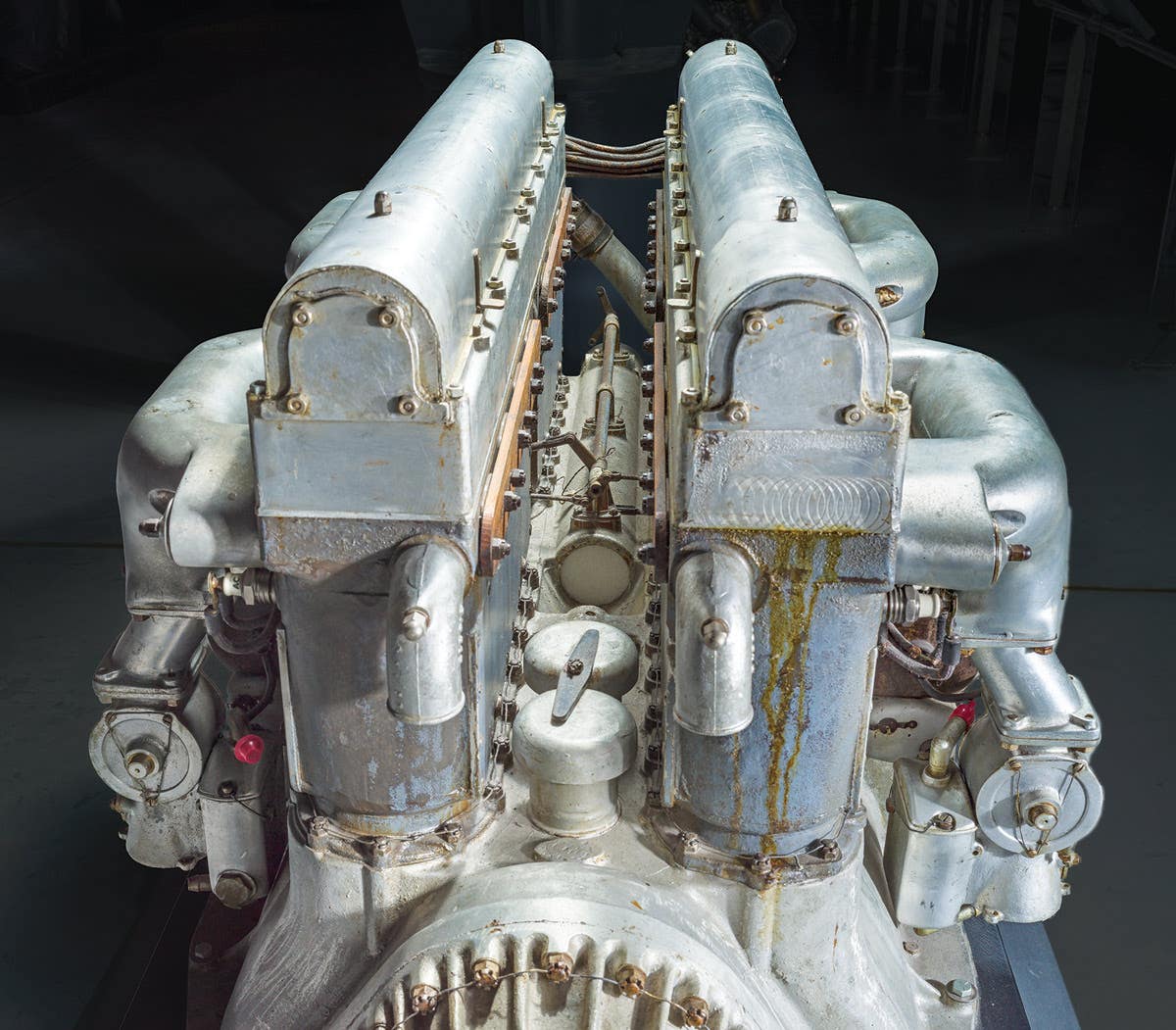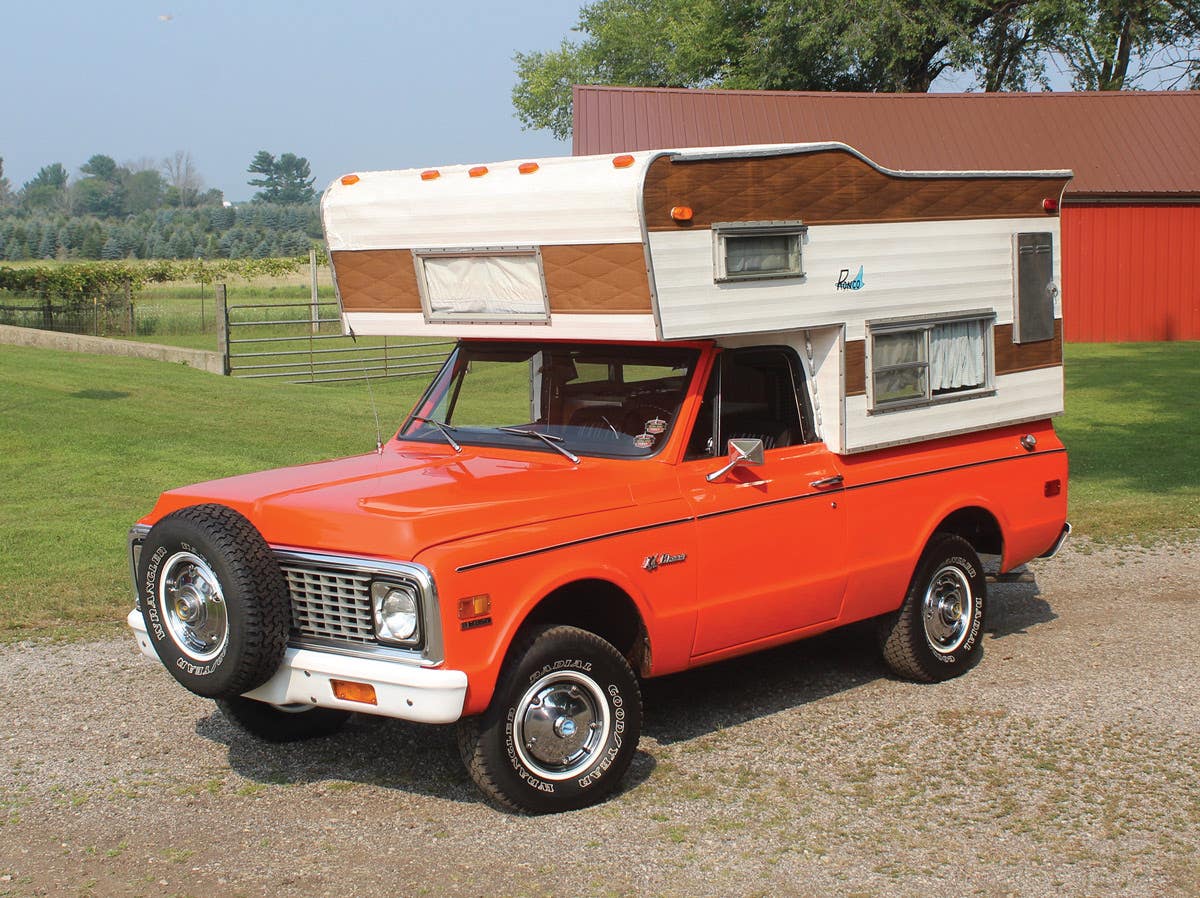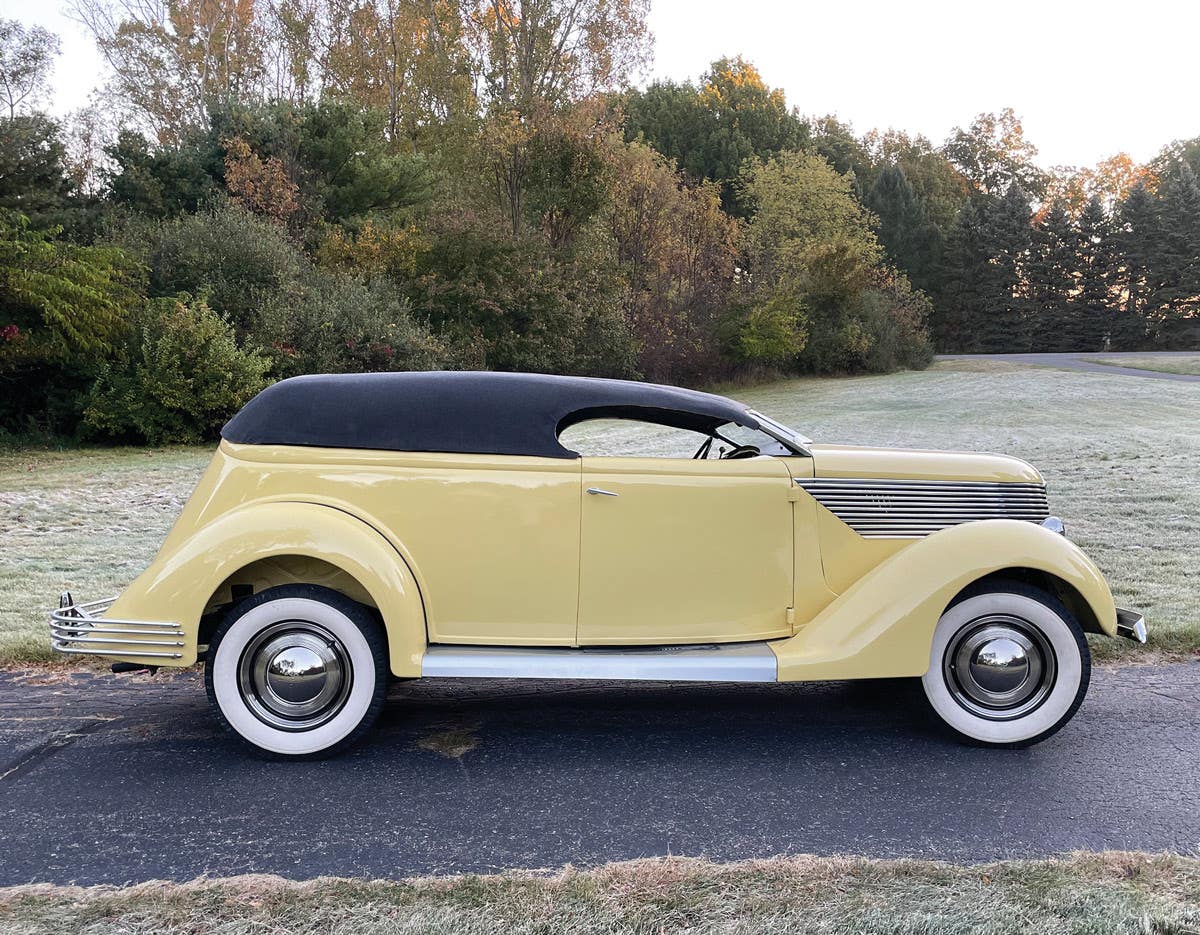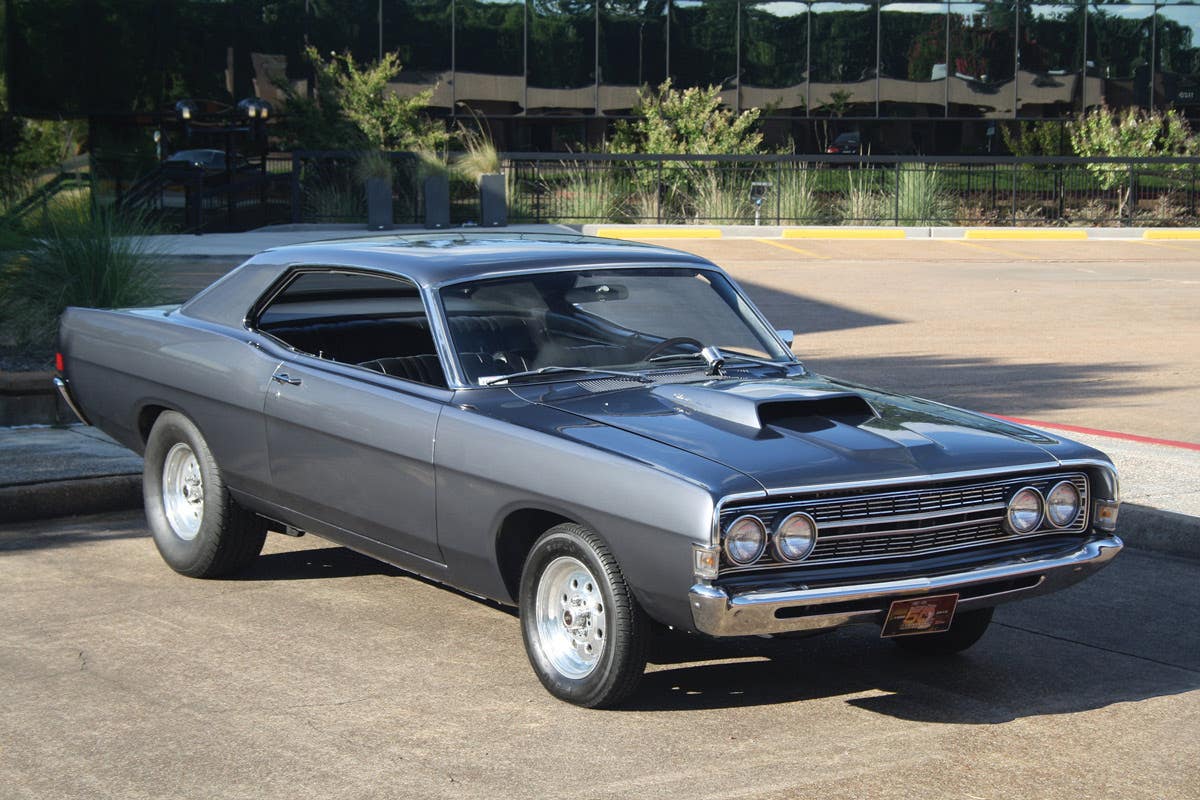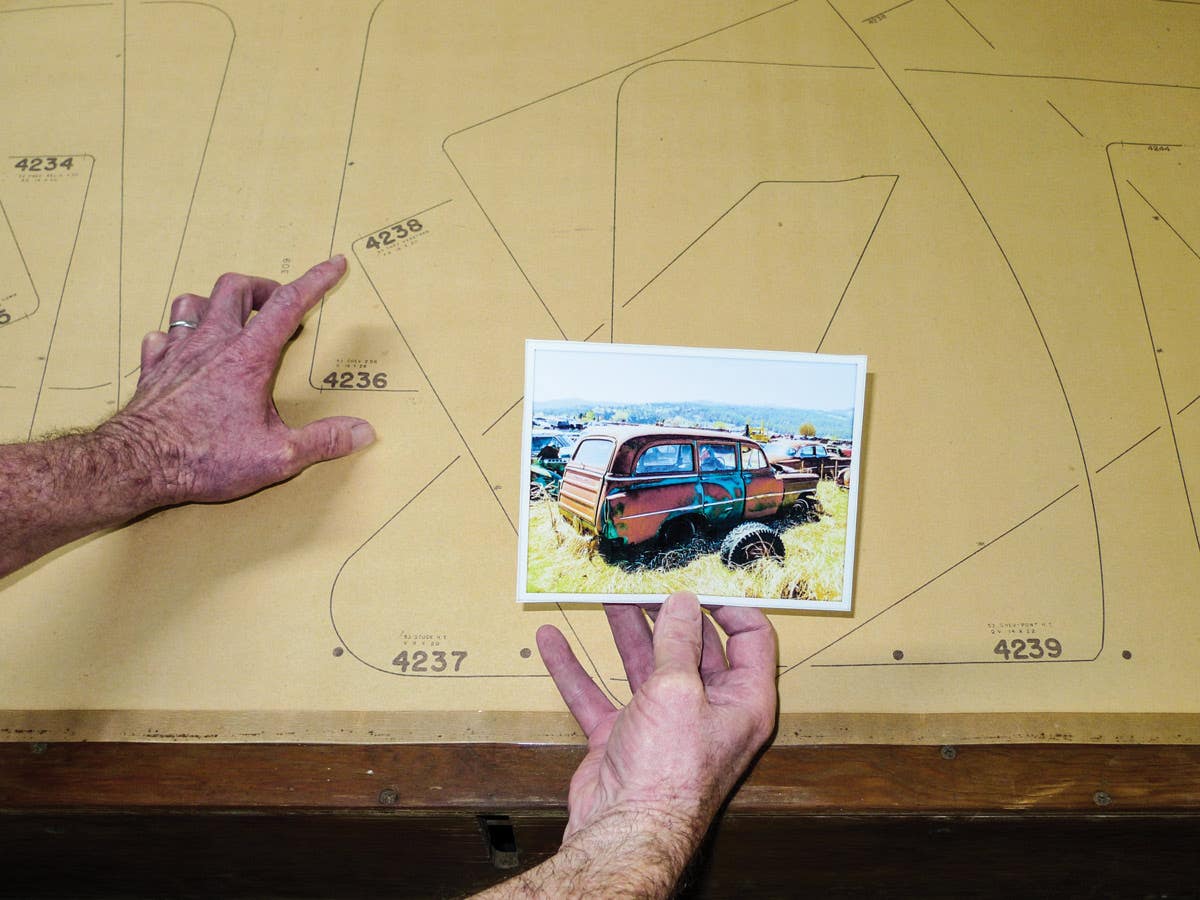Q&A with Kit Foster: December 22, 2011
Q. I’ve had the bumpers pictured below around my place for many years. Can anyone help me identify them, what vehicle — make and model — they came from? They’re…
Q. I’ve had the bumpers pictured below around my place for many years. Can anyone help me identify them, what vehicle — make and model — they came from? They’re quite heavy, about 15 lbs. each. They appear to be similar to the ones shown on a 1928 Chevrolet on page 20 of the Feb. 24 issue of Old Cars Weekly. I hate to see these go to the metal farm.
Mike Scordato, Cantonment, Fla.
A. Indeed, they do look similar, which corroborates my suspicion that they are aftermarket accessories. Bumpers were not yet factory equipment on many cars in the 1920s. In fact, there are plenty of factory photos of Chevrolets as late as 1930 with no bumpers at all. They would be okay for most any car with a rear-mounted spare, but ideally there should be a full-width front bumper in the same style.
-------------------------------------------------------------
Q. Tom Nangle asked (Oct. 27 “Q&A”) about checking the accuracy of tire gauges. I have a Bridgestone magazine, “Real Answers, Real Questions,” that shows how to build a master gauge. However, most hobbyists don’t need to make one for themselves. The service department of any good tire dealer has one in the shop. This is particularly true of dealers who handle truck tires, such as GCR Tire Centers. For a location guide go to www.gcrtires.com. They have shops in all but a few states. The tire technicians in most truck tire shops will test your gauge at no charge. They do not have the capability of repairing or resetting your gauge, but they can tell you how accurate it is. Most truck tire shops can sell you a heavy-duty dual-foot gauge for usually less than $20.00. These gauges are much more accurate than the little pencil gauges are when new, and stay accurate for years. Also, any highway truck center such as Travel Centers of America or Flying J sell them in their trucker’s store.
Richard R. Garrett, Vinton, Va.
A. Thank you for that information. I usually buy my tires from a store that does a large business in truck tires. I’ll have to ask them to check my gauges.
-------------------------------------------------------------
Q. Regarding the questions about tire pressures and tire gauges, my father worked for TWA, the airline, as an airframe and powerplant mechanic. His department did all the work on tires and wheels of aircraft, from old propeller jobs to modern jets. He was kind of a tire expert, and a few things he did impressed me to follow suit. The prime thing is never check pressures hot. Even one mile of driving changes the pressure. All pressures are to be measured cold. He gave my brother and I good round dial-type pressure gauges, and I bought one for each car. They’re in the glove compartment at all times. I’m younger and like the technology of the new digital gauges; he laughs at my digital gauge. I did a test on the accuracy of the digital gauge, versus the old dial type, and they were right on the mark. Buy a good quality product from a reliable maker and you’ll have no problem. Then, periodically test it against another good gauge just to know it’s accurate. He checks his pressures monthly. (Yes, even with a tire pressure monitoring system you can be a pound down and not realize it.) One pound roughly equates to a quarter mile-per-gallon loss, so four tires at one pound low relates to one mpg. At nearly $4.00 per gallon, that adds up. Working in a dealership as a mechanic or at a gas station (back when they checked the fluids and tire pressures), I used a stick-type gauge, only because the round type did not take dropping very well, and the stick gauge fits in a pocket, like a pen. I’m not now, nor ever was a fan of stick gauges. However, on a dually equipped truck some round types are difficult to get to the inner tire. A dual-head stick gauge is better. My father, with his aircraft background, would log the pressures every month. If any were down, he’d write up the pressure per tire and note “correction added air to spec.” Remember, low tire pressure can lead to wear on suspension components, heat build-up in the tire and early tire failure. I read a book on the delamination problem on Ford Explorers, and theory points to Ford using an artificially low pressure to make the truck ride more like a car (higher pressure gives a stiffer ride). General Motors, using the same tire at higher pressure, had no problem with delamination.
Mark Koenigsmann, Massapequa Park. N.Y.
A. Thanks for all those hints. They agree with recommendations and cautions concerning tire pressure that I’ve received elsewhere.
To submit questions to this column: E-mail angelo.vanbogart@fwmedia.com or mail to: Q&A, c/o Angelo Van Bogart, 700 E. State St., Iola, WI 54990-0001.
Got Old Cars?
If you don't subscribe to Old Cars Weekly magazine, you're missing out on the only weekly magazine in the car hobby. And we'll deliver 54 issues a year right to your mailbox every week for less than the price of a oil change! Click here to see what you're missing with Old Cars Weekly!
More Resources for Car Collectors:
- Classic car price guides, research, books, back issues of Old Cars Weekly & more
- Get expert restoration advice for your classic car
- Get car pricing, data and history all in one place
- Sign up for Old Cars Weekly's FREE email newsletter
- Need to buy or sell your classic car? Looking for parts or memorabilia? Search our huge online classified marketplace



